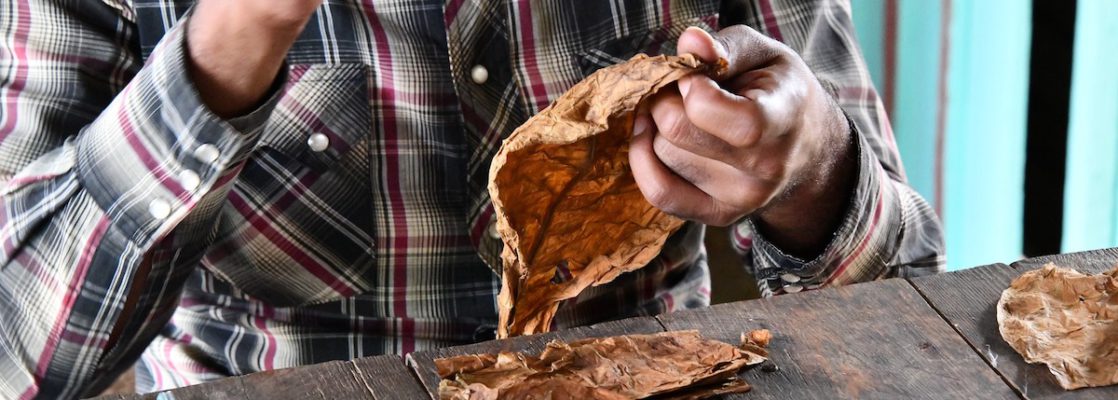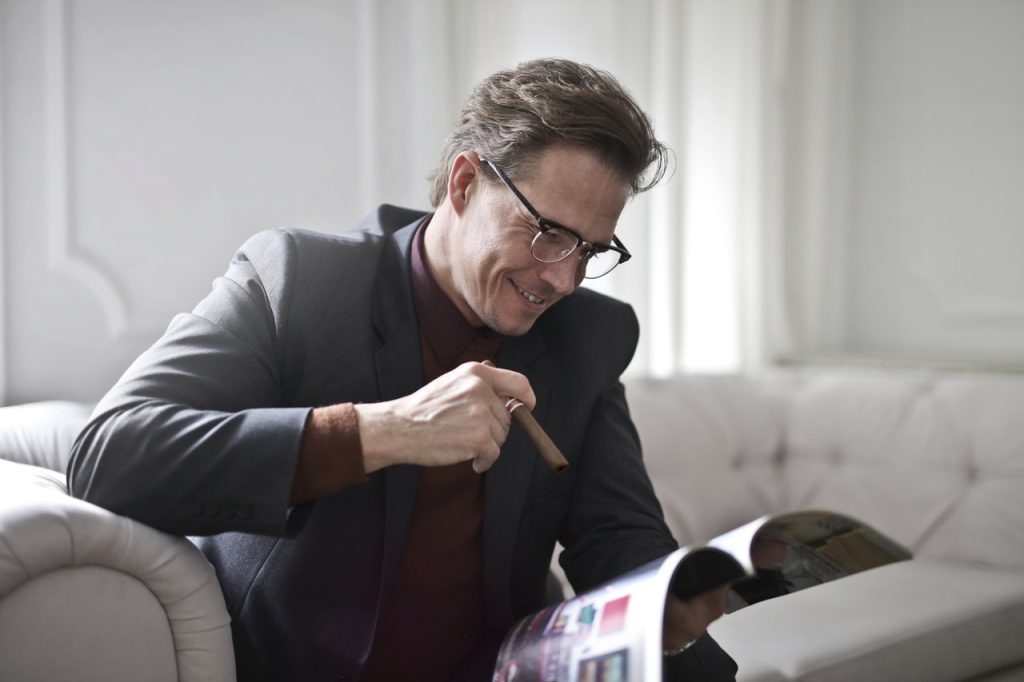

A cigar consists of tobacco leaves wrapped in a leaf and stuffing. Cigars are generally longer and thicker than cigarettes, so smoking takes longer, but they are one of the best ways to enjoy tobacco and come in a variety of cigar sizes and shapes.
How cigars are made depends on whether they are rolled by hand or machine. All types of cigars go through a rigorous production process, during which the tobacco is planted, picked, the leaves sorted, stored for several months to a year, and then fermented. The process differs from manufacturer to manufacturer, but many of the same steps and principles apply to the entire production process.
After cultivation, maturation, and fermentation, the tobacco is sorted to prepare it for rolling into cigars. The tobacco leaves are arranged in predetermined stacks depending on the type of Tobacco and its position in the rolling process.
The filler sheets are cleaned and the main vein of the stem is removed. This is essential to ensure that the cigar burns evenly. Wrapping is the most difficult step and can make or break a cigar. The tobacco leaves are wrapped in bales and stored during fermentation. When the leaves are ready to use, they are steamed to taper and lose moisture.
Attached to the head of the cigar is a small rectangular piece of fine silk, called a flag. The roller stretches the package, circles it, and forms it into the body. This stretching process gives the cigar its elegant, finished look
Cohiba Cigars are checked for quality at every step of the manufacturing process. The finished cigar is checked for consistent diameter, weight, size, and imperfections in the packaging. The quality of the tobacco leaves is also important, as the leaves are sorted, checked, cured, and fermented before being processed into cigars.
Cigar factories employ personnel to maintain production machinery so that cigar measurements are consistent. In many small tobacco factories, the final inspection is carried out by eye. Workers place the cigars in a ring to check their diameter and measure their length with a ruler.
Cuban cigars are rolled from domestic tobacco leaves from different parts of the island, much of which is produced in the province of Pinar del Rio, the Vuelta Abajo, and the semi-Vuelta farms of the Vinales region. Due to this mixture of leaves, the resulting finished product has a variety of flavors apparent when inhaled. Premium brand cigars use a different type of tobacco than filler and packaging. This allows the manufacturer to use more delicate and attractive leaves on the packaging.
The filler, known as a Spanish binder or capote, is treated by workers called boncheros. Each mixture has its distinctive flavor, the bundled leaves are given to torcedores that roll the cigars. After the torcedores and rollers have been set in order, the mixture is added to the cigar. Depending on the intended end product, the tobacco can be prepared for three to four years.
Each bonchero or torcedore takes a bundle of leaves and puts the filling leaves into the binder. Many use a Lieberman machine to do this. This machine has rubber sheets into which the leaves are placed and uses levers to control the rolling of the leaves to form a tight tube. The machine then bundles the tobacco leaves into a filler. A worker feeds the leaves into a conveyor belt, which is guided by a pole that adjusts the length of the cigar as desired.
Once all this has been completed, you are left with a perfectly made authentic Cigar that if looked after properly, will last you for years, ready to be enjoyed whenever the occasion calls for it.




